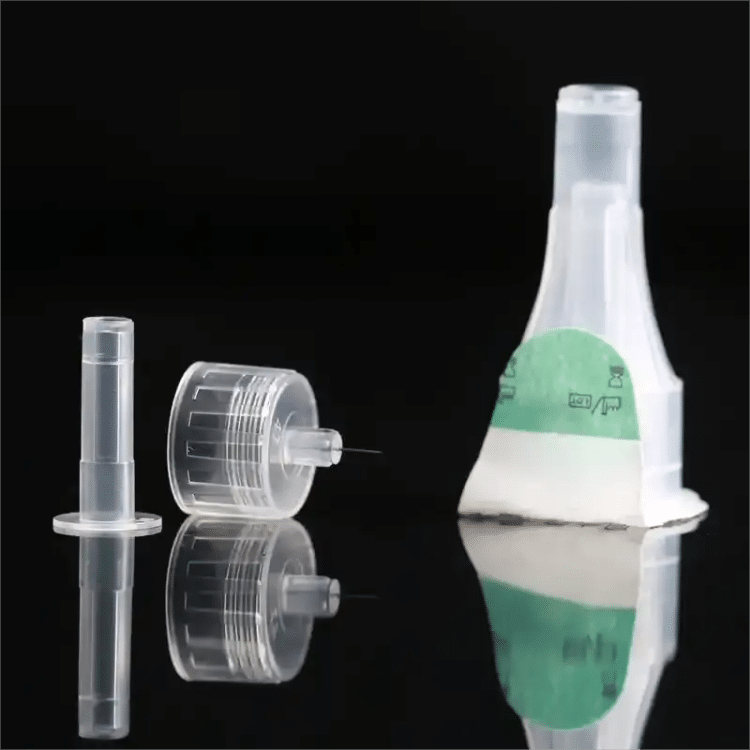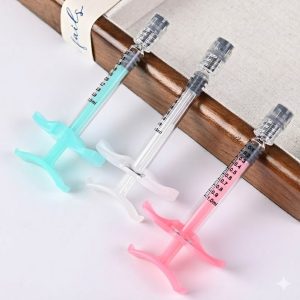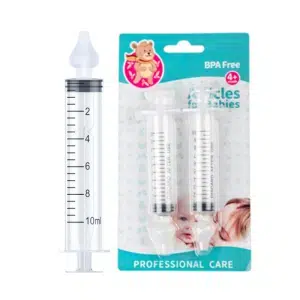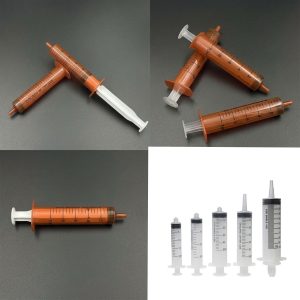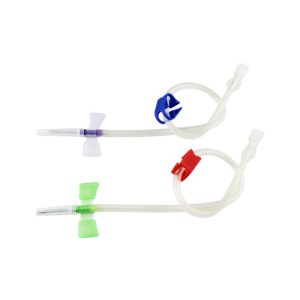For millions of Americans living with diabetes, insulin pen needle injections have become as routine as brushing their teeth. Yet surprisingly, many patients continue to struggle with improper insulin pen needle techniques that can undermine their treatment effectiveness and cause unnecessary discomfort. If you’re managing diabetes with insulin, mastering proper insulin pen needle technique isn’t just helpful—it’s absolutely essential for your health and quality of life.
Think of insulin pen needle technique like learning to drive. Sure, you can get from point A to point B without knowing all the insulin pen needle rules, but proper insulin pen needle technique keeps you safe, saves you money, and makes the journey much more comfortable. Every insulin pen needle detail matters, from choosing the right insulin pen needle to timing your insulin pen needle injection perfectly. These aren’t just suggestions from your healthcare team—they’re evidence-based insulin pen needle practices that can make the difference between struggling with unpredictable blood sugars and achieving the stable control that lets you live your life to the fullest.
Modern insulin pen needle technology has come a long way from the early days of insulin therapy. Today’s insulin pen needle systems are designed for comfort, accuracy, and convenience. But with great insulin pen needle technology comes the responsibility to use it correctly. Whether you’re newly diagnosed and feeling overwhelmed by all the insulin pen needle information, or you’ve been injecting for years and want to optimize your insulin pen needle technique, this comprehensive guide will walk you through everything you need to know about insulin pen needle mastery.
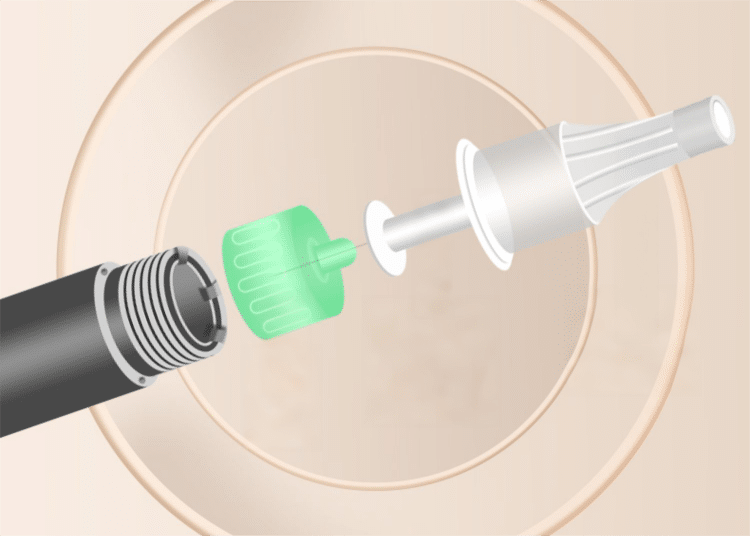
Understanding Your Insulin Pen Needle: More Than Meets the Eye
The Engineering Marvel in Your Hand
When you pick up what looks like a simple insulin pen needle, you’re actually holding a precision medical device that represents decades of insulin pen needle engineering innovation. Every insulin pen needle component has been carefully designed to deliver insulin safely, accurately, and as comfortably as possible using advanced insulin pen needle technology.
The outer cap is your first line of insulin pen needle protection and information. Most insulin pen needle manufacturers use color-coding systems to help you quickly identify insulin pen needle specifications. This isn’t just about insulin pen needle organization—in emergency situations or low-light conditions, these insulin pen needle visual cues can be lifesavers. The outer cap also contains crucial insulin pen needle safety information, including the needle gauge and length specifications that you should always verify before insulin pen needle use.
The inner cap is where the real insulin pen needle protection happens. This insulin pen needle component maintains the sterile environment around the insulin pen needle tip using advanced sealing technology. The insulin pen needle material is specially formulated to be soft enough to remove easily without damaging the ultra-fine insulin pen needle, yet robust enough to maintain insulin pen needle sterility throughout the product’s shelf life. Here’s a pro tip: always save the inner cap after insulin pen needle removal—you’ll need it for safe insulin pen needle disposal after injection.
The insulin pen needle itself represents some of the most advanced manufacturing in the medical device industry. Modern insulin pen needle designs feature triple-bevel cutting edges that slice through skin with minimal trauma, reducing insulin pen needle pain and tissue damage. The insulin pen needle surface undergoes a specialized silicone coating process that provides lubrication, further reducing insulin pen needle insertion force and discomfort. These aren’t just marketing claims—clinical studies consistently show that modern ultra-fine insulin pen needle designs cause significantly less pain than older insulin pen needle models.
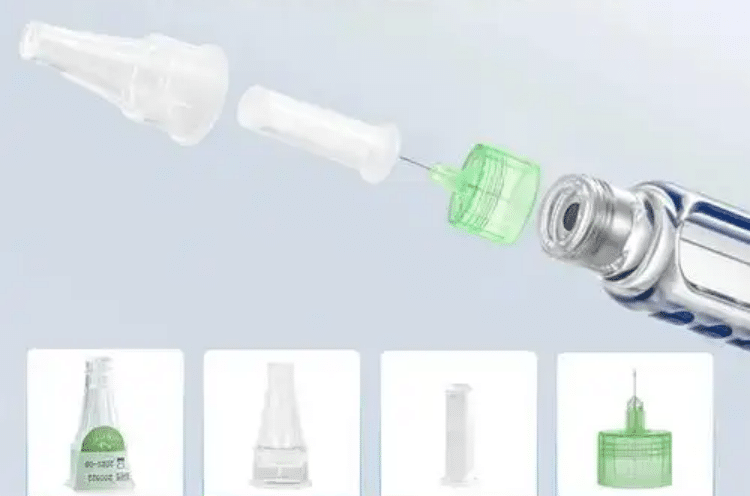
Making the Right Choice: Insulin Pen Needle Specifications That Matter
Choosing the right insulin pen needle isn’t about personal preference—it’s about optimizing your treatment outcomes while maximizing insulin pen needle comfort. The insulin pen needle decision should be based on scientific evidence and your individual circumstances.
Insulin pen needle length is perhaps the most critical specification. The 4mm ultra-short insulin pen needle has revolutionized insulin injection for most patients. Clinical research has definitively shown that 4mm insulin pen needle models are just as effective as longer insulin pen needle options for insulin delivery, while significantly reducing the risk of intramuscular injection. This insulin pen needle length works for virtually everyone, including children, adults, and even most obese patients. The key insulin pen needle advantage? Almost guaranteed subcutaneous delivery without the need for skin pinching techniques.
The 5-6mm insulin pen needle models remain excellent choices, particularly for patients with thicker subcutaneous fat layers. These insulin pen needle lengths still provide subcutaneous injection in most body areas, though you might need to use proper insulin pen needle injection angles in some locations like the thigh.
Insulin pen needle models 8mm and longer have largely fallen out of favor among diabetes educators and endocrinologists. Why? The increased risk of intramuscular injection with longer insulin pen needle options simply isn’t worth it. When insulin hits muscle tissue through improper insulin pen needle technique, it absorbs much faster than intended, potentially causing rapid blood sugar drops and unpredictable glucose control.
Insulin pen needle gauge (thickness) directly impacts your injection experience. The 32-gauge (0.23mm) insulin pen needle models represent the finest option available, providing the most comfortable insulin pen needle injection experience possible. The 31-gauge (0.25mm) insulin pen needle option strikes an excellent balance between comfort and flow rate, making it the most popular insulin pen needle choice among patients and healthcare providers.
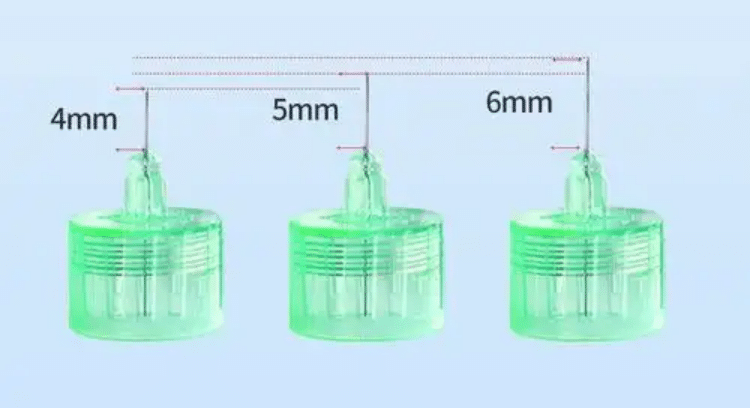
Pre-Injection Preparation: Setting Yourself Up for Insulin Pen Needle Success
Hand Hygiene: Your First Line of Defense
Proper hand hygiene before insulin pen needle injection isn’t just a good idea—it’s a critical infection prevention measure that could save you from serious insulin pen needle complications. Your hands encounter thousands of bacteria throughout the day, and transferring these microorganisms to your insulin pen needle injection site or medical supplies creates unnecessary infection risk.
The gold standard for hand hygiene follows the World Health Organization’s seven-step technique, adapted for insulin pen needle home use. Start with lukewarm running water and quality soap or hand sanitizer before handling your insulin pen needle. The entire process should take at least 20 seconds before handling your insulin pen needle—about the time it takes to sing “Happy Birthday” twice.
Insulin Quality Assessment: Protecting Your Investment
Insulin is a protein hormone that’s surprisingly sensitive to environmental conditions. Every vial or pen represents a significant investment in your health, so learning to assess insulin quality protects both your wellbeing and your wallet when using insulin pen needle systems.
For clear, rapid-acting insulins (like lispro, aspart, or glulisine), quality assessment focuses on clarity and consistency before insulin pen needle use. Properly stored rapid-acting insulin should be crystal clear, like distilled water, with no visible particles, cloudiness, or color changes when preparing for insulin pen needle injection.
Cloudy insulins (like NPH or premixed formulations) require more nuanced evaluation before insulin pen needle use. These insulins naturally separate when sitting still, creating a clear liquid layer on top and sediment at the bottom. This separation is completely normal and expected before insulin pen needle preparation.
Temperature exposure is insulin’s biggest enemy after expiration dates when preparing for insulin pen needle injection. Never use insulin that has been frozen with your insulin pen needle, even if it appears normal after thawing. Freezing permanently damages insulin’s molecular structure, rendering it ineffective regardless of appearance when used with insulin pen needle systems.

Step-by-Step Insulin Pen Needle Injection Mastery
Step 1: Insulin Pen Needle Attachment with Precision
Insulin pen needle attachment might look straightforward, but attention to detail prevents problems and ensures optimal insulin pen needle performance. Begin by examining the insulin pen needle packaging for any damage, tears, or signs of tampering. Compromised packaging means potential insulin pen needle contamination.
Thread alignment is crucial for proper insulin pen needle attachment. If you feel significant resistance or binding when screwing on the insulin pen needle, stop immediately. Forced insulin pen needle attachment can damage threads on both the insulin pen needle and pen, potentially causing insulin leakage or insulin pen needle detachment during injection.
Step 2: Air Shot Testing for Optimal Insulin Pen Needle Performance
The air shot test ensures your insulin pen needle system functions properly and eliminates air bubbles that could affect dose accuracy. Even brand-new insulin pen needle devices can trap small air bubbles during attachment, so never skip this critical insulin pen needle step.
Set your dose dial to 1-2 units for the insulin pen needle air shot. Hold the pen with the insulin pen needle pointing upward, allowing air bubbles to rise naturally to the top. Press the injection button slowly and steadily for your insulin pen needle air shot. You should see a droplet of insulin appear at the insulin pen needle tip, confirming that air has been expelled.
Step 3: Accurate Dose Selection
Dose selection directly impacts your blood sugar control when using insulin pen needle therapy, making accuracy paramount. Modern insulin pen systems provide excellent precision, but proper technique ensures you get exactly what your doctor prescribed through your insulin pen needle.
Turn the dose dial slowly and deliberately for your insulin pen needle injection. Most insulin pens advance in 1-unit increments, though some offer 0.5-unit precision for pediatric or highly insulin-sensitive patients using insulin pen needle therapy.
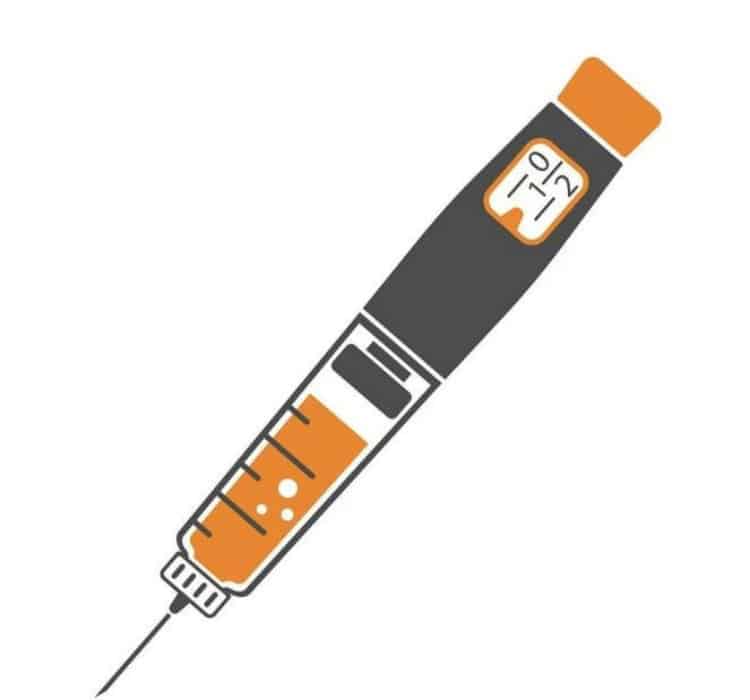
Step 4: Strategic Injection Site Selection for Insulin Pen Needle Use
Injection site selection and rotation are fundamental to long-term insulin pen needle therapy success. Different body areas have different absorption characteristics, and understanding these differences helps optimize your blood sugar control when using insulin pen needle injections.
The abdomen provides the most consistent and fastest insulin absorption for insulin pen needle injection, making it the preferred site for most patients, especially those using rapid-acting insulin through insulin pen needle delivery.
The outer thigh offers reliable absorption that’s slightly slower than abdominal injection through insulin pen needle delivery, making it suitable for intermediate or long-acting insulins.
The upper arm provides absorption rates between the abdomen and thigh for insulin pen needle injection but requires assistance from others or careful use of mirrors for self-injection.
Systematic rotation prevents lipodystrophy (abnormal fat distribution) that can significantly impact insulin absorption and blood sugar control with insulin pen needle therapy.
Step 5: Thorough Site Preparation for Insulin Pen Needle Injection
Proper skin preparation prevents insulin pen needle injection site infections while optimizing injection comfort. Use 70% isopropyl alcohol for optimal antimicrobial effectiveness before insulin pen needle injection.
Apply alcohol using a spiral technique, starting at your intended insulin pen needle injection point and working outward in expanding circles. Allow complete alcohol evaporation before insulin pen needle injection. This typically takes 15-30 seconds.
Step 6: Insulin Pen Needle Injection Technique Mastery
Proper insulin pen needle injection technique ensures optimal insulin absorption while minimizing discomfort. Hold your insulin pen like you would hold a pencil or dart for insulin pen needle injection—this grip provides optimal control and stability.
For modern short insulin pen needle models (4-6mm), inject straight down at a 90-degree angle without pinching skin. This perpendicular approach ensures subcutaneous delivery for virtually all patients using insulin pen needle therapy.
Insert the insulin pen needle with a quick, confident motion, pushing it fully into the skin in one smooth movement. Inject insulin slowly and steadily over several seconds through your insulin pen needle, especially for larger doses.
The post-injection pause is absolutely critical and non-negotiable for insulin pen needle use. Keep the insulin pen needle fully inserted with the injection button fully pressed for 6-10 seconds after completing injection. This pause allows insulin to disperse in the tissue and prevents backflow through the insulin pen needle track.
Step 7: Post-Injection Safety and Insulin Pen Needle Hygiene
Immediately recap the insulin pen needle, starting with the inner cap. Add the outer cap for additional protection before removing the entire insulin pen needle from your pen.
Dispose of used insulin pen needle devices in appropriate sharps containers immediately. Never throw insulin pen needle units in regular trash where they could injure sanitation workers or family members.
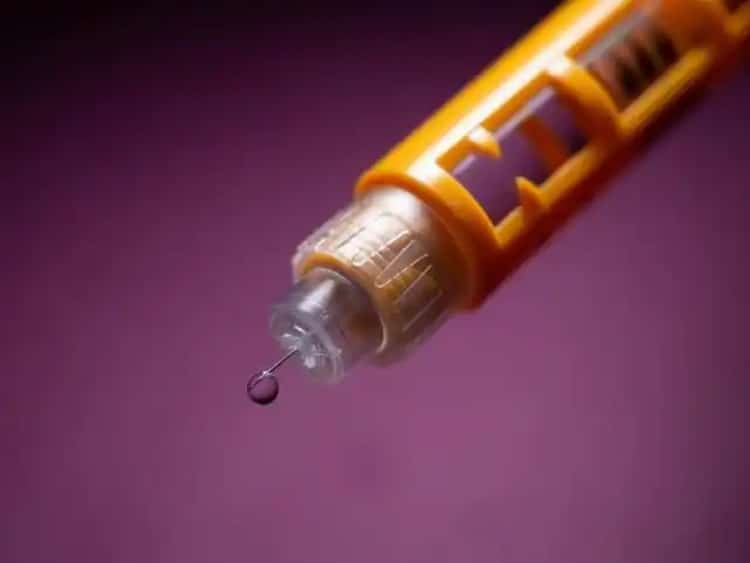
Common Mistakes: Understanding the Consequences of Poor Insulin Pen Needle Technique
The Hidden Dangers of Insulin Pen Needle Reuse
Insulin pen needle reuse remains surprisingly common among insulin users, with studies showing that over 50% of patients reuse insulin pen needle devices at least occasionally. While the motivation to save money is understandable, the risks of insulin pen needle reuse far outweigh any potential savings.
Infection risk represents the most serious consequence of insulin pen needle reuse. Lipodystrophy (abnormal fat tissue growth or loss) develops more frequently with dull, reused insulin pen needle devices.
Immediate Insulin Pen Needle Withdrawal: A Costly Mistake
The tendency to withdraw insulin pen needle devices immediately after injection is one of the most common and consequential errors in insulin delivery technique. Insulin backflow is the primary concern with immediate insulin pen needle withdrawal.
Site Rotation Neglect: Long-term Consequences
Inadequate injection site rotation ranks among the leading causes of insulin pen needle therapy failure. Lipohypertrophy (fat tissue overgrowth) is the most visible consequence of poor rotation habits with insulin pen needle use.
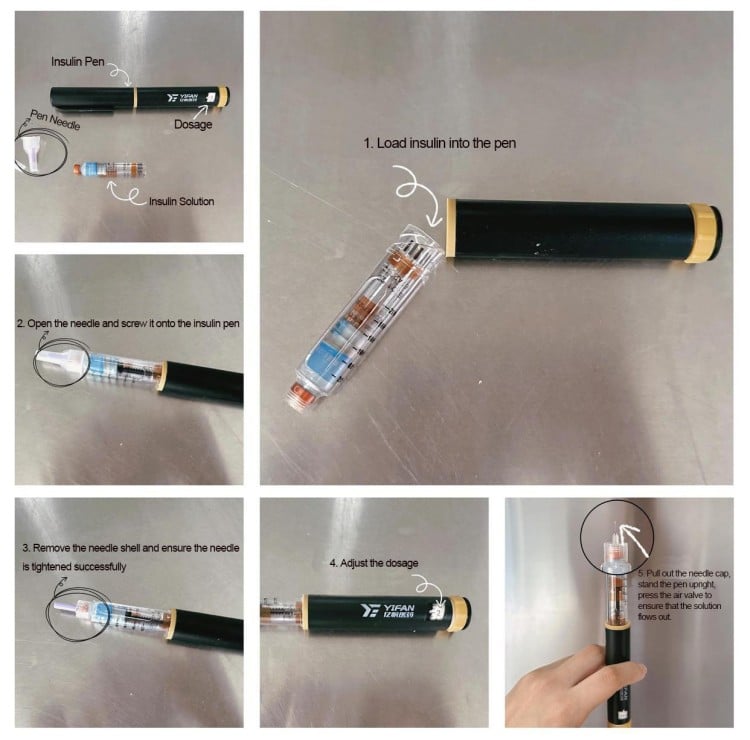
Advanced Storage and Management Strategies for Insulin Pen Needle Systems
Precision Environmental Control for Insulin Pen Needle Storage
Temperature control represents the most critical storage factor for insulin pen needle systems. Unopened insulin requires refrigeration between 36-46°F (2-8°C). In-use insulin for insulin pen needle therapy can remain at room temperature (below 86°F/30°C) for specified periods—typically 28 days for most formulations.
Travel Considerations for Insulin Pen Needle Users
Supply quantity calculations should follow the “150% rule” for insulin pen needle travel—pack 50% more insulin and insulin pen needle devices than you expect to need.
Never pack insulin in checked luggage when traveling with insulin pen needle systems. Cargo holds can experience freezing temperatures that permanently destroy insulin effectiveness.
Building Comprehensive Support Systems for Insulin Pen Needle Success
Family Education and Emergency Preparedness
Complete insulin pen needle injection technique training for family members provides backup capabilities and emergency support. Hypoglycemia recognition and treatment represents perhaps the most critical family education component for insulin pen needle users.
Advanced Self-Monitoring and Data Management
Blood glucose monitoring techniques affect data quality significantly for insulin pen needle users. Continuous glucose monitoring (CGM) systems provide unprecedented insight into blood sugar patterns for insulin pen needle users.
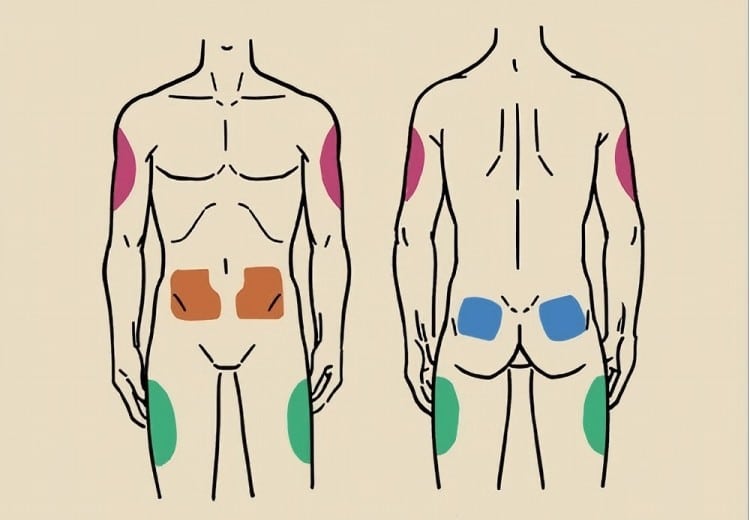
Embracing Technological Innovation in Insulin Pen Needle Systems
Smart Insulin Pens: The Future is Now
Automatic dose logging eliminates the burden and potential errors of manual record keeping for insulin pen needle users. Temperature monitoring capabilities protect insulin investment and effectiveness for insulin pen needle systems.
Continuous Glucose Monitoring Integration
Real-time glucose data transforms insulin dosing decisions by providing trend information rather than just point-in-time values for insulin pen needle therapy.
Artificial Intelligence and Predictive Analytics
Machine learning algorithms can analyze vast amounts of personal health data for insulin pen needle users—glucose patterns, insulin responses, food intake, exercise, sleep, stress levels, and even weather conditions.
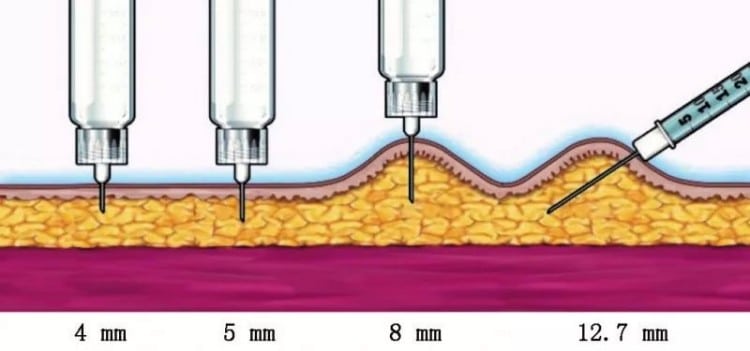
Conclusion: Your Journey to Insulin Pen Needle Management Excellence
Mastering insulin pen needle technique represents far more than learning a medical procedure—it’s about taking control of your health, optimizing your quality of life, and building confidence in your ability to manage diabetes successfully with insulin pen needle systems.
The landscape of diabetes care continues evolving at an unprecedented pace. Smart insulin pen systems, continuous glucose monitoring, artificial intelligence, and personalized medicine are revolutionizing how we approach treatment with insulin pen needle technology.
Your diabetes management journey with insulin pen needle therapy is uniquely yours. Remember that diabetes management with insulin pen needle systems is a marathon, not a sprint. Stay curious and engaged with new developments in diabetes care and insulin pen needle technology.
Most importantly, don’t let diabetes define your limitations—let it highlight your resilience and capability with insulin pen needle mastery. With proper technique, appropriate technology, strong support systems, and a positive attitude, you can live a full, active, successful life while managing diabetes with insulin pen needle systems.
For more related content, please feel free to follow our blog.

